- Posted by: Tommy Tran
- Mon, 14/03/2022, 10:36 (GMT+7)
- 0 Bình luận
Sưu tầm ôn tập 40 câu hỏi cho kỳ thi Scrum Developers năm 2022
1. What are three responsibilities of Scrum Developers? *
a) Decompose Product Backlog items into tasks
b) Do the estimation on the Product Backlog items
c) Manage the Sprint Backlog
d) Create Product Backlog items
2. Which statement about the Definition of Done is incorrect? *
a)It becomes more accurate over time
b) It varies depending on the project
c) It's defined by the Scrum Master
d) It is the basis for Developers to forecast how many items they can deliver during the Sprint
3. What are the two outcomes of Daily Scrum? *
a) An updated backlog of impediments for the Scrum Master to solve
b) An updated Scrum board to visualize progress
c) A checklist of completed tasks and an update of the estimates for the remaining tasks
d) A status report on the performance of every team member
e) A shared understanding of the work to be undertaken
4. Which output of the Sprint Planning provides the overall direction for the Sprint? *
a) Sprint goals
b) Tasks assigned to team members
c) Release plan
d) Sprint Backlog items
5. Who's responsible for Product Backlog refinement? *
a) Developers
b) Scrum Master and Product Owner
c) Product Owner
d) Product Owner and Developers
6. The Product Owner is not collaborating with the developers during the Sprint. What would you do as the Scrum Master? *
a)Coach the Product Owner to understand why collaboration is important in Scrum and how it can affect the value of the product
b) Cancel the Sprint and start training the Product Owner
c) Nominate someone else as the proxy Product Owner
d) Talk to the functional manager of the Product Owner
7. How much work should be done on each Product Backlog item? *
a) As much as needed based on dependencies
b) Analysis, design, programing, and testing
c) As much as mentioned in the Definition of Done
d) As much as broken down in related tasks
8. Why should the Scrum Master participate in the Daily Scrums? *
a) To gather progress and status information
b) The Scrum Master is not one of the Daily Scrum participants
c) To write down the impediments reported by the developers and start resolving them
d) To make sure every team member answers the three standard questions
9. The Scrum Master should ask each member to answer the three standard questions at the Daily Scrum and forbid other discussions. *
a) False
b) True
10. Which of the following activities are included in the Product Backlog refinement? (Choose the 3 correct answers) *
a) Ordering the Product Backlog items
b) Estimating the Product Backlog items
c) Adding detail to the Product Backlog
d) Breaking down the Product Backlog items into tasks
11. Which two of the following are time-boxed? *
a) Sprint Zero
b) Product Backlog Refinement
c) Sprint
d) Release Planning
e) Sprint Review
12. Which of the following are Scrum pillars? (Choose multiple answers) *
a) Inspection
b) Transparency
c) Creativity
d) Sustainable pace
e) Adaptation
f) Collaboration
13. Which role is the equivalent of project manager in Scrum? *
a) Developers
b) Scrum Master
c) None
d) The Product Owner
14. What does a burn-down chart present? *
a) Whatever the Product Owner decides
b) Budget remaining across time
c) Work remaining across time
d) Value remaining to be realized across time
15. Which two of the following actions may a Scrum Master take in starting up a project? *
a) Ensure that there’s a clear understanding of the whole scope of the project
b) Ask Developers to introduce themselves to each other and tell about their skills and background
c) Ask the Product Owner to explain the project, it's business need, history, goals, and context
d) Ask the team to work together and prepare a complete Product Backlog
16. Which of the following are mandatory in Scrum? *
a) Using test-driven development
b) Using Sprint Backlog
c) Using dedicated team members
d) Using burn-down charts
17. What's the Scrum Master's responsibility during the Sprint Retrospective? *
a) Collaborate with the managers to attend the meeting and get results
b) Participate, and also facilitate as needed or requested
c) Manage the meeting
d) Ask team members to answer standard questions
18. Which of the following can be considered an Increment? *
a) A user interface design that will be used for all features
b) New complete features added to the output of the previous Sprints
c) The solution architecture for the whole product
d) The requirements specification document
19. What is velocity? *
a) Average lines of code written per Sprint
b) Average amount of work done per Sprint
c) Average number of items done per Sprint
d) Average man-hours spent per Sprint
20. Which two statements are right about technical debt? *
a) When measured properly, the Product Owner can estimate when the product is ready for release
b) Developers should not start working on a new item unless they remove all existing technical debt
c) It creates false assumptions about the current state of the system; e.g. it might not really be releasable.
d) It creates uncertainty, because when more code is added, more problems will occur and the development slows down
21. Which three of the following may be done in the Sprint Retrospective meeting? *
a) Discuss techniques used to facilitate the Sprint Retrospective meeting
b) Discuss the Definition of Done
c) Discuss the next Sprint goal
d) Discuss the composition of the team
e) Refining the Product Backlog
22. Who manages the Sprint Backlog? *
a) The Scrum Master
b) The Product Owner
c) The Scrum Team
d) Developers
23. Which two of the following are formal opportunities for inspecting and adapting? *
a) Release Planning
b) Product Backlog Refinement
c) Sprint Planning
d) Sprint Review
24. Which two of the following can be used to reduce technical debt? *
a) Hiring external auditors
b) Refactoring
c) Improving the Definition of Done
d) Having hardening Sprints
25. Sprint Review is a formal meeting. *
a) True
b) False
26. Which of the following is not time-boxed? *
a) Product Backlog refinement
b) Daily Scrum
c) Sprint Review
d) Sprint Planning
27. Who can attend the Daily Scrum? *
a) Scrum Team
b) Anyone
c) Only Developers
d) Developers and Scrum Master
28. What is the essence of Scrum? Select the most appropriate option. *
a) Developers
b) The Scrum Guide
c) A small team of people that is highly flexible and adaptive
d) The Scrum Master and the Product Owner
29. How frequently should scrum users inspect Scrum artifacts and progress toward a Sprint Goal? *
a) At the Sprint Review
b) After the Daily Scrum
c) Frequently, but it should not get in the way of the work
d) As frequently as possible
30. Who is responsible for engaging the stakeholders? *
a) The project manager
b) Product Owner
c) Developers
d) Scrum Master
31. The Product Owner can delegate her/his responsibilities to Developers. *
a) True
b) False
32. What is one of the key things your lean team will have to do to be productive and successful? *
a) Make firm delivery commitments and stick to them
b) Make local decisions about how to build the product
c) Identify the best technological approach early in the project
d) Maintain strong personal relationships during the project
33. You've been asked to coach a team that is just switching to agile, and they ask you whether it's true that agile teams don't use plans. You explain that agile teams do prepare plans, but sticking to those plans is less important than: *
a) Keeping the customer happy
b Responding to change
c) Delivering value
d) Continuously improving
35. As a servant leader to your agile team, what isn't something that you would be doing? *
a) Maintaining a shared vision of what needs to be done
b) Removing impediment to team progress
c) Providing encouragement and support
d) Creating project plans
36. When you are working with a Scrum team, who is primarily responsible for ensuring that value is delivered by the project? *
a) Developers
b) Testers
c) Product Owner
d) Scrum Master
37. What is the Sprint Retrospective? *
a) To progressively refine the Product Backlog
b) To get the Product Owner's feedback
c) A Scrum event happened at the end of a Sprint to seek for improvements
d) To get the end users' feedback about the final product
38. Some items in Sprint Backlogs are not directly about the features and functions of the product. *
a) True
b) False
39. Developers cannot forecast how much work they can do in the upcoming Sprint because of uncertainties in the Product Backlog that the Product Owner is not able to overcome. What two actions should the Scrum Master recommend? *
a) Cancel the Sprint and start the next one when the items are clear.
b) Ask the developers to come up with their best guess and do not worry about the capacity
c) Extend the duration of Sprint Planning and ask them to discuss the items more and get into agreement.
d) Invite everyone to discuss this problem in the next Sprint Retrospective and try to find a solution
e) Cancel the Sprint Planning meeting have them some time to prepare+d then hold another Sprint Planning.
40. Which is the main reason why agile teams need to have frequent demonstrations of functionality? *
a) Are we building the right product?
b) How can we improve our practices?
c) How much can we accomplish in the next iteration?
d) What are our top priorities now?

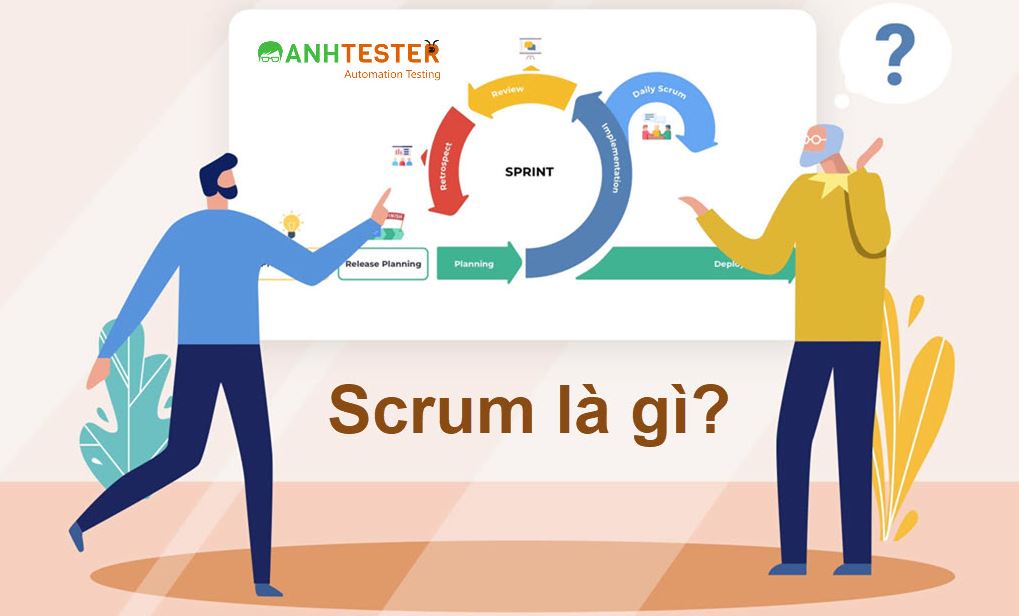

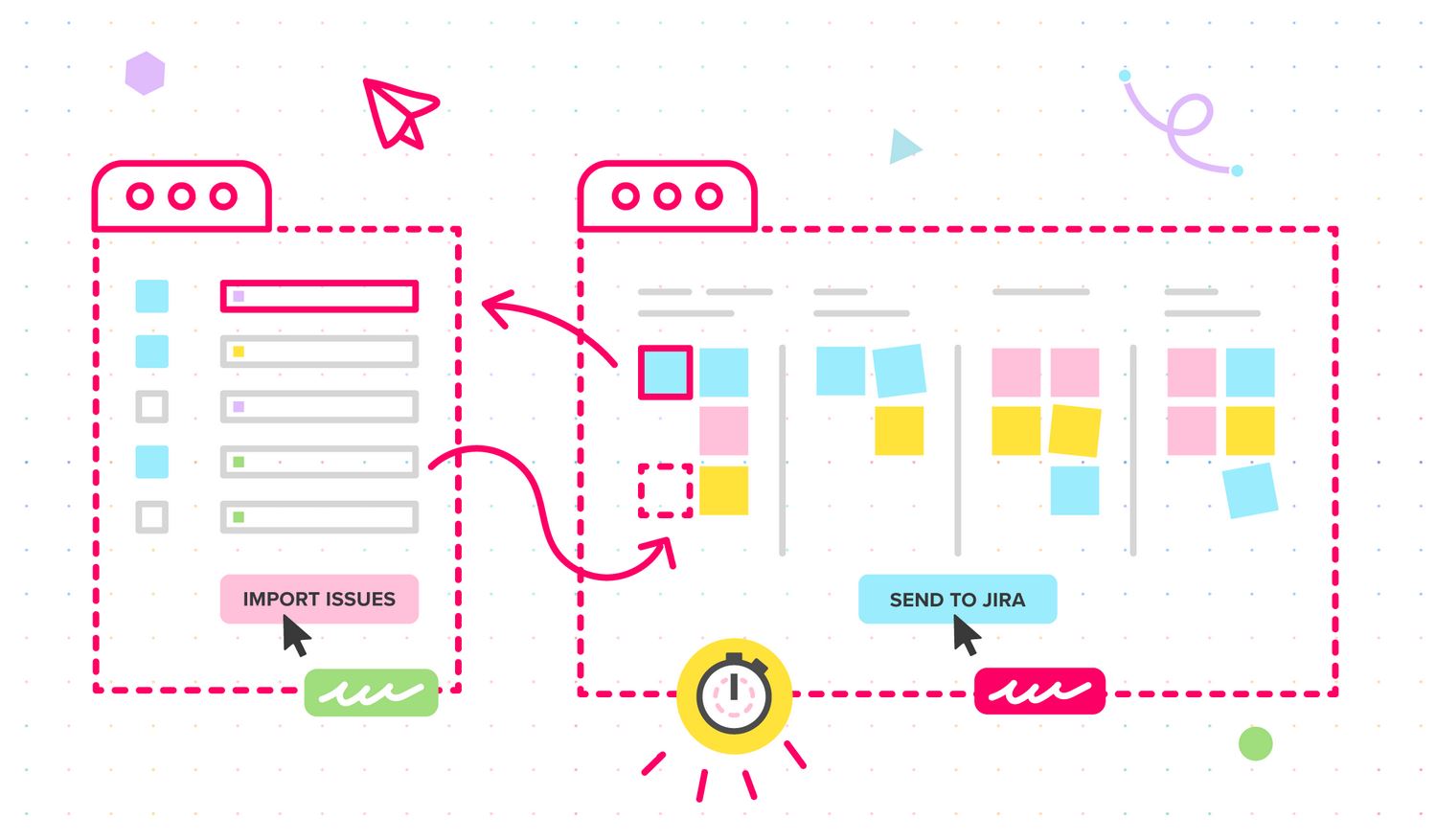
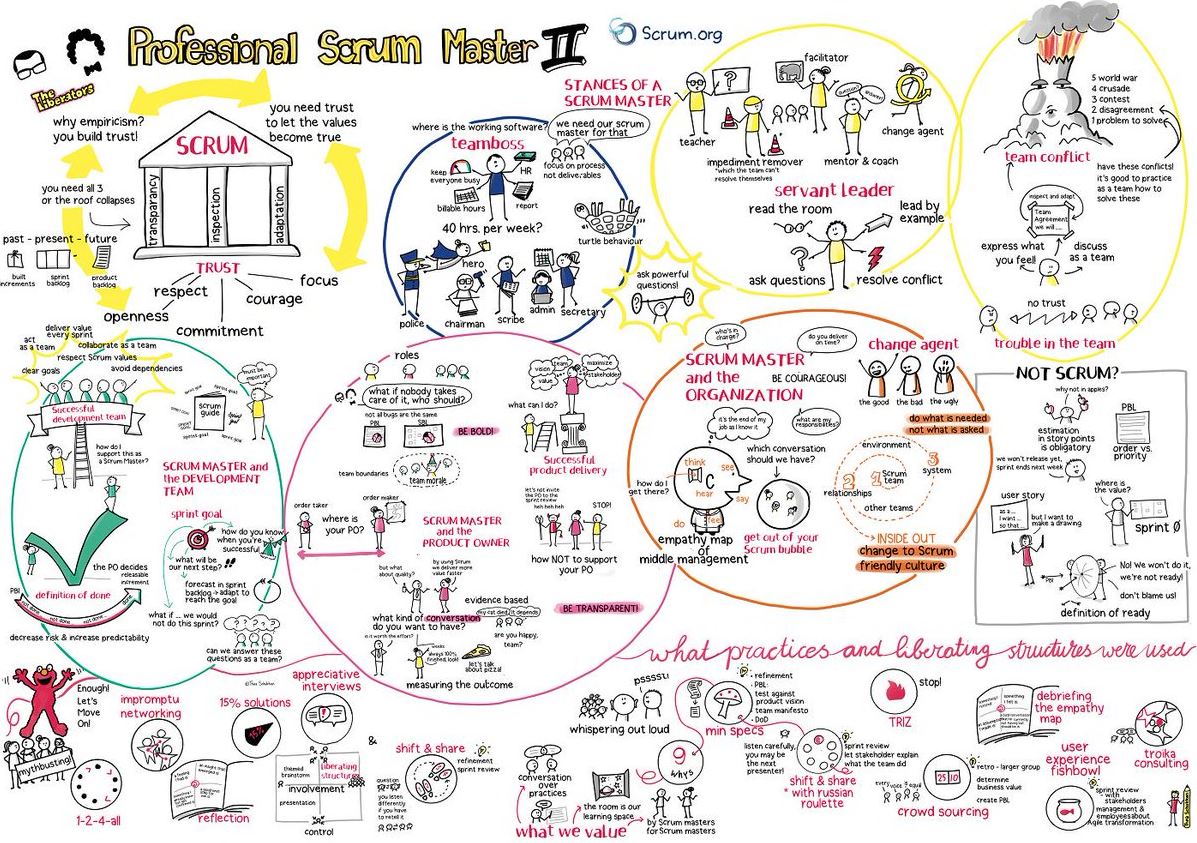
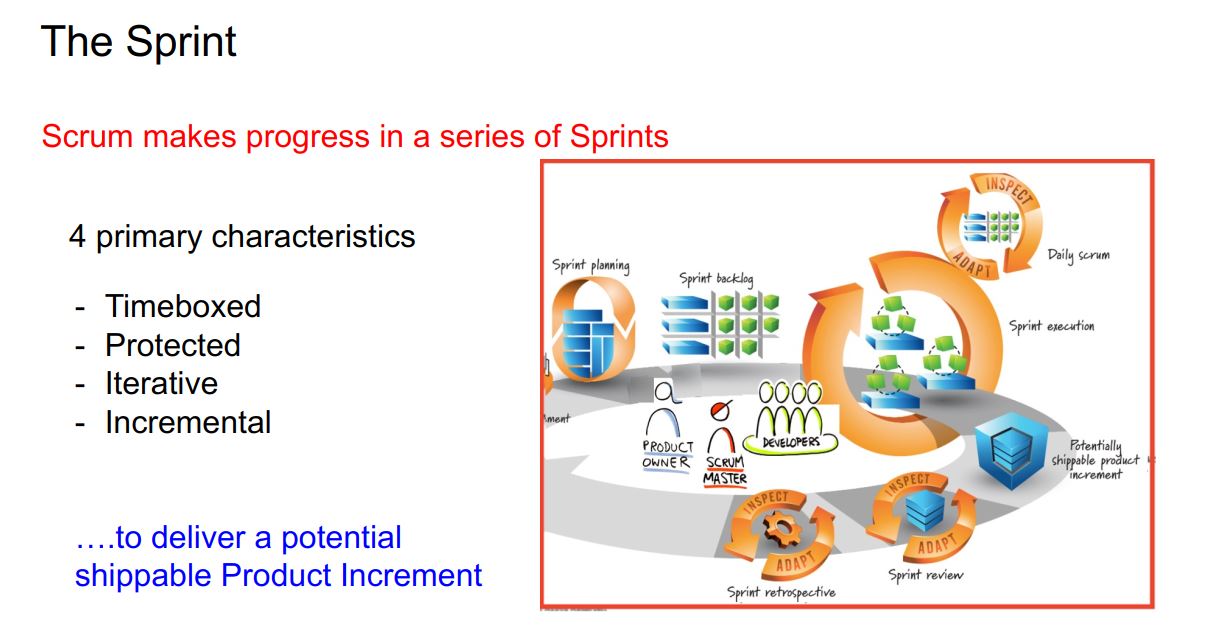
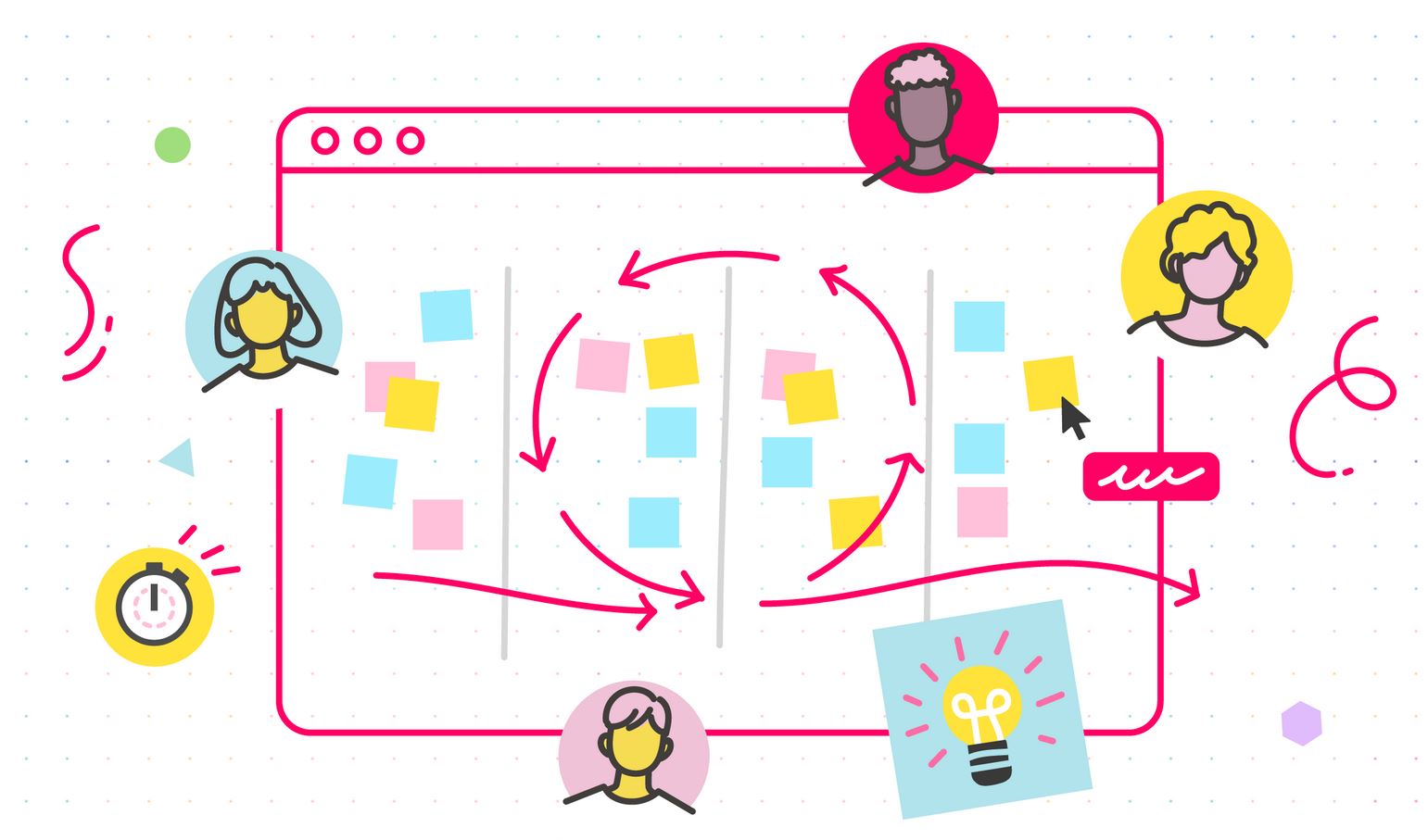






















Add Comment